Human Identification and Forensics
Capillary electrophoresis (CE) and massively parallel sequencing (MPS) methods help you extract and examine DNA samples in forensic and paternity labs—providing you with an individual’s genetic “fingerprint”. Explore our resources to navigate the forensic field, as you learn to interpret these genetic clues beyond the crime scene.

Massively Parallel Sequencing
In the forensics world, next-generation sequencing is called massively parallel sequencing (MPS). Learn more about this powerful tool for genomic research.
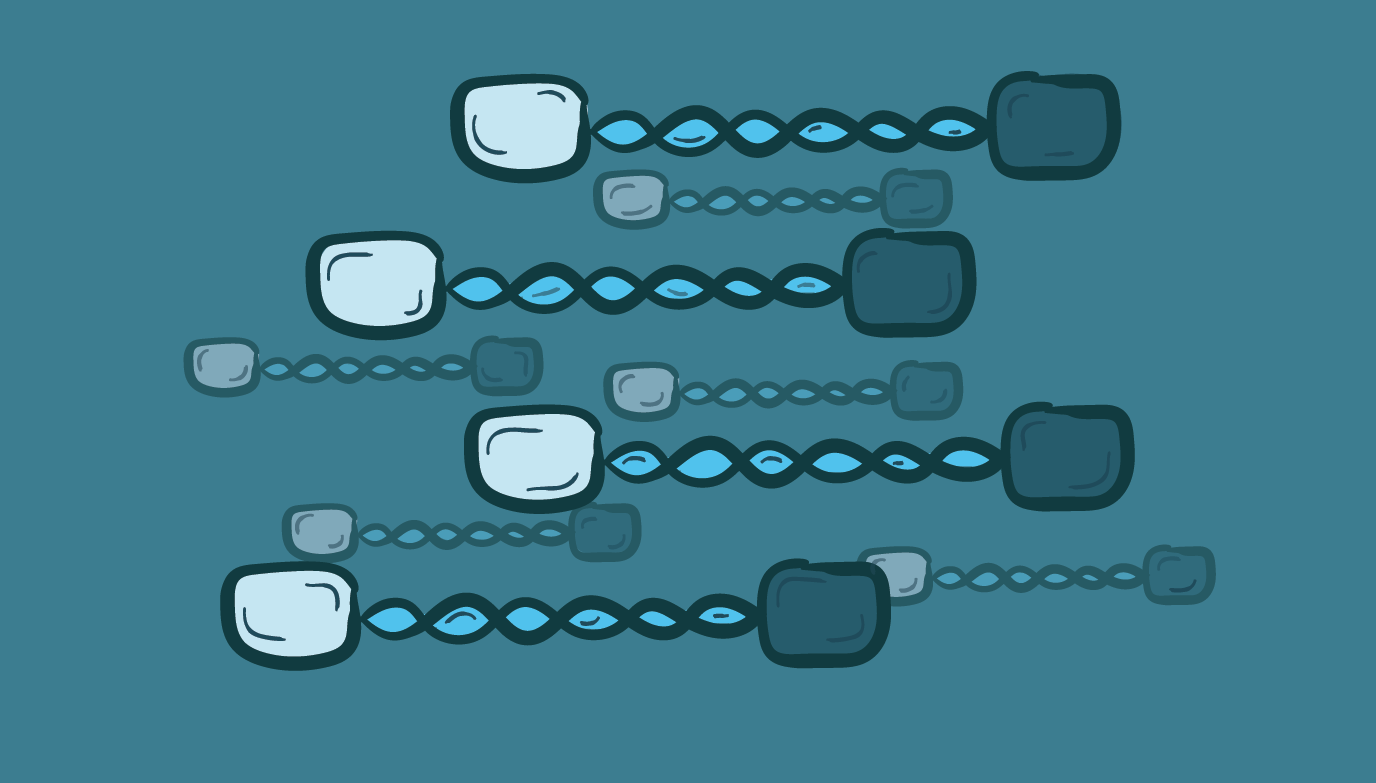
BLOG
Is MPS Right For Your Lab?
What is MPS and what can it do for your forensic research? This article has the answers.

BLOG
The Magic of Mitochondrial DNA
Human cells create hundreds of copies of mtDNA compared to the two copies of gDNA in the nucleus—valuable in forensic genotyping of degraded or small samples.
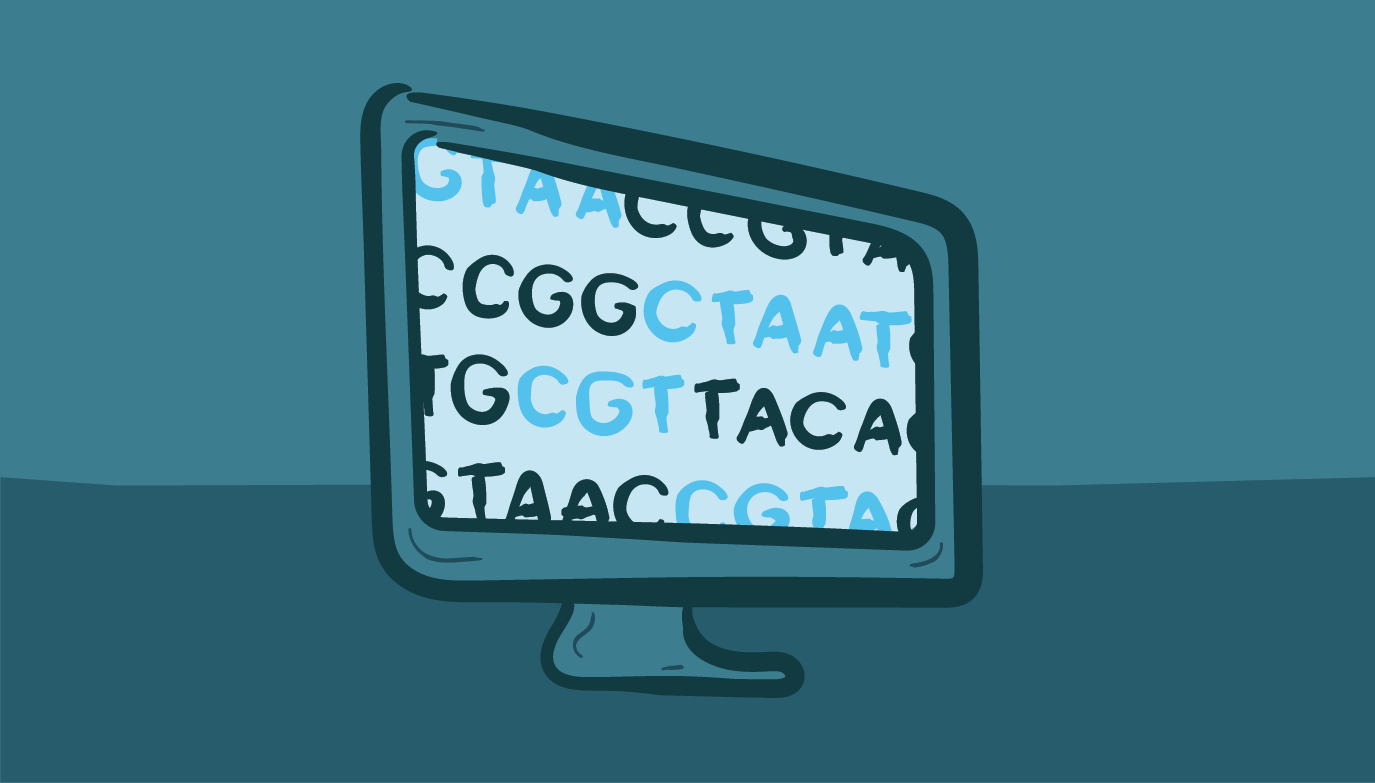
WEBINAR
Making the Change to MPS
Hear a forensic expert discuss the pros and cons of using an MPS workflow in your forensic laboratory.
Y-Chromosome Screening
Conventional screening can take a lot of effort with limited sensitivity. Find out why Y-chromosome screening is a quicker, more sensitive tool for casework samples.
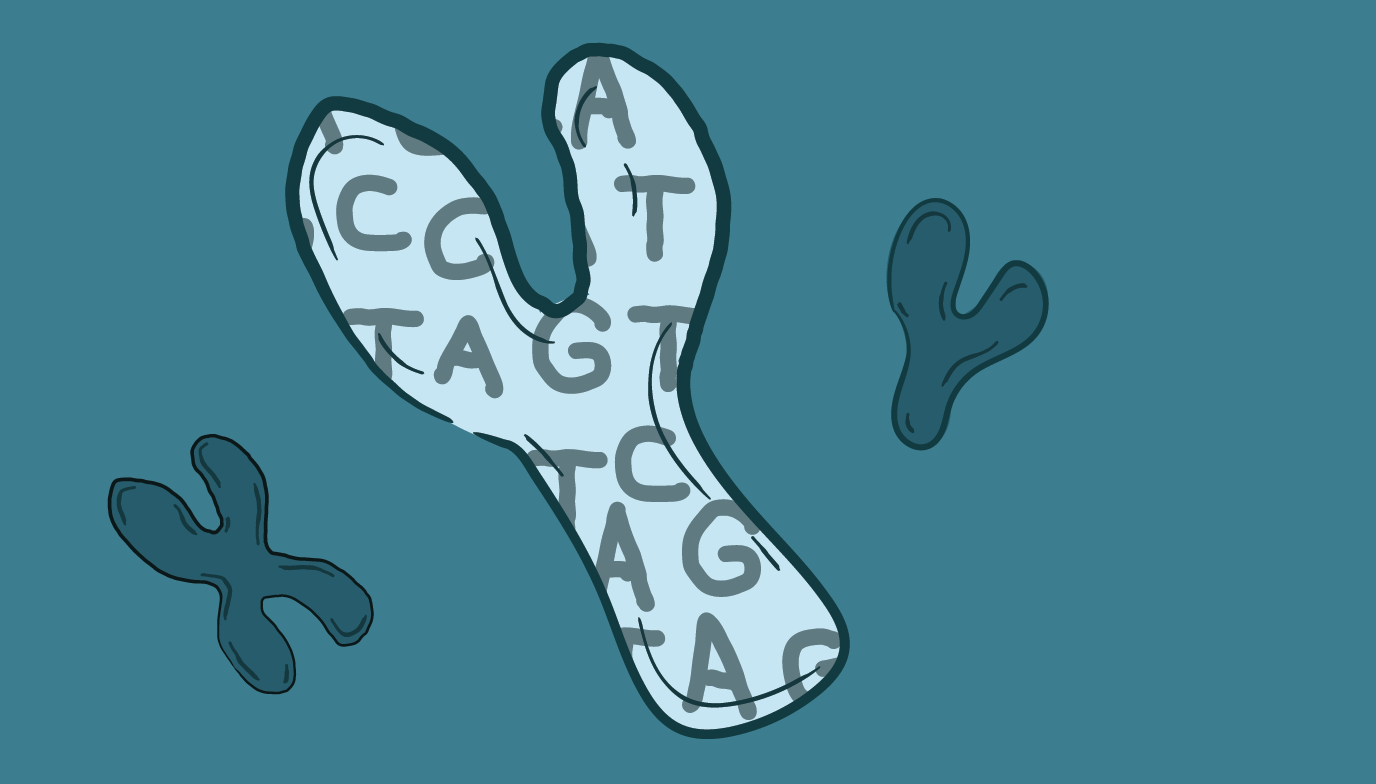
WEBINAR
Why Y-Screening?
Watch how one forensic laboratory chose to process evidence samples with the Casework Direct Kit.
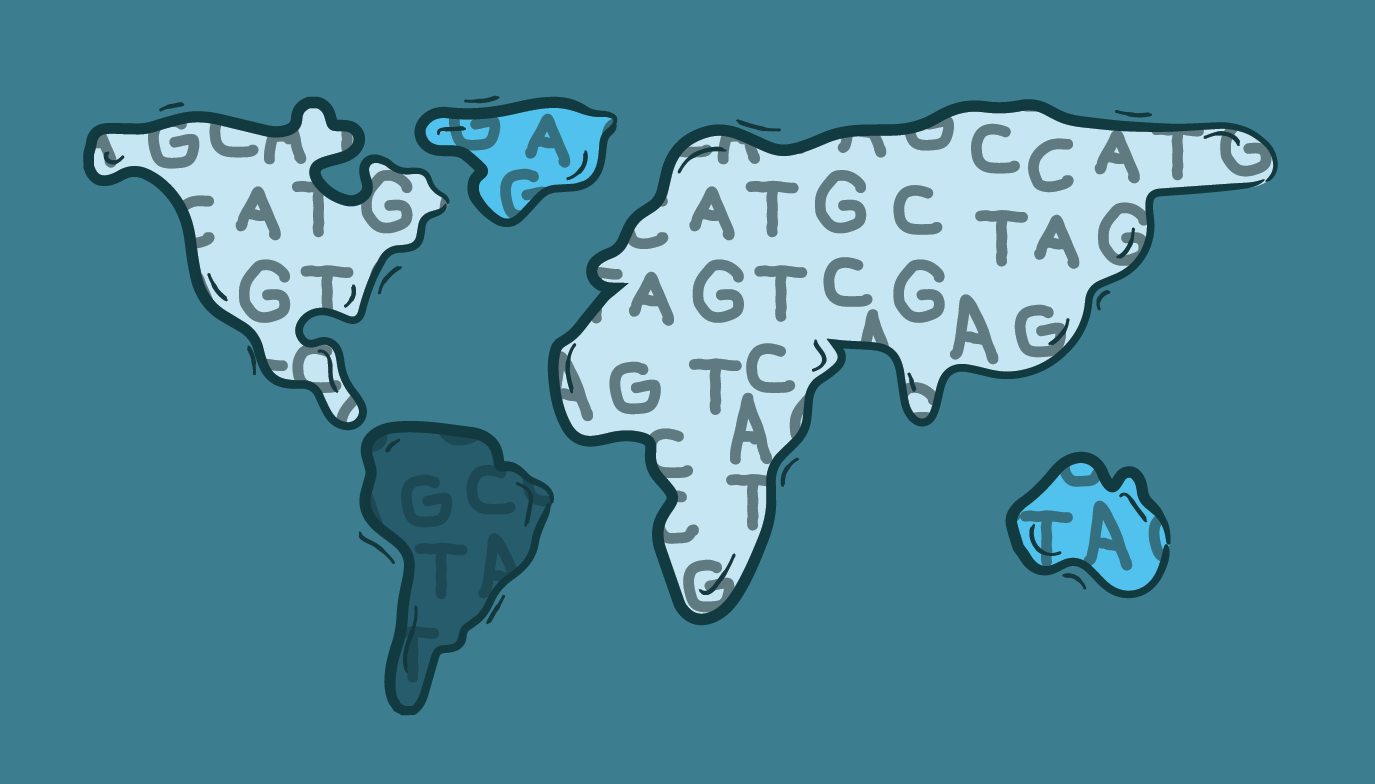
WEBINAR
Building a Better Database
Discover how the Y-Chromosome Haplotype Reference Database can help inform criminal investigations.

GUIDE
Your Guide to the Y-HRD
Ready to dive into the database and analyze your data? This user guide will get you started.
Workflow Validation Resources
Implementing a new forensic workflow? These resources will help you validate it from start to finish.

BLOG
Top 10 Validation Tips
Make the validation process go smoothly with these tips from validation experts.

ARTICLE
PowerPlex® Y23 System Validation for Casework
Learn how the Wisconsin Crime Laboratory Bureau validated this popular Y-STR DNA typing kit.
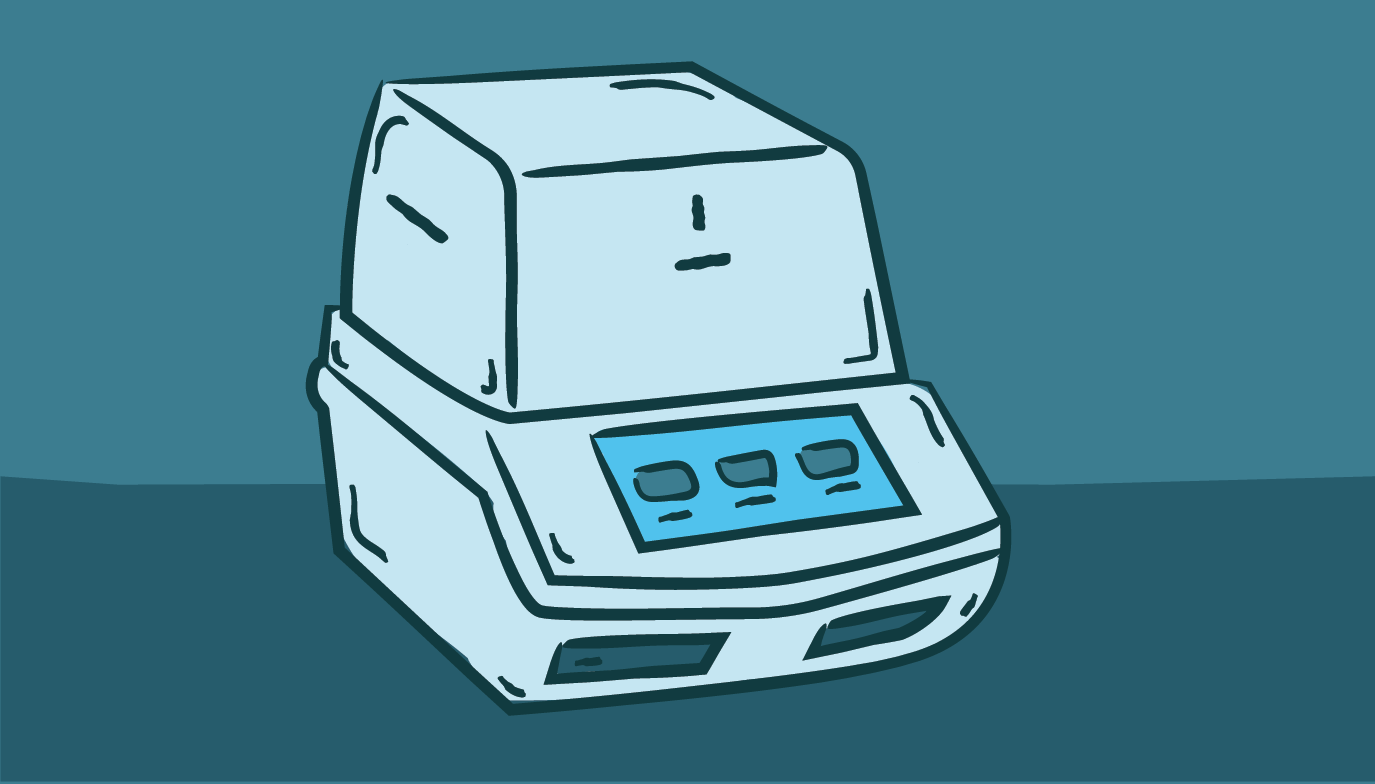
GUIDE
qPCR System Validation
This validation guide covers testing qPCR systems for conformance with SWGDAM and ENFSI guidelines.
Challenging Samples
Many casework samples can prove difficult to analyze due to limited amounts of sample or degraded DNA. Learn how to get optimal results from difficult samples with these resources.

WEBINAR
Putting the Process into Practice
Watch the Palm Beach County Sheriff’s Office describe how they plan to use the Casework Direct Kit in their sexual assault evidence processing.

SCIENTIFIC POSTER
A Rapid, Simple Method
Learn how you can quickly generate lysates that can be amplified for screening and normalization of sexual assault evidence samples.

BLOG
Improving Turnaround Time
The Columbus Police Forensic Services Center discusses how they streamlined processing of sexual assault evidence kits with the Casework Direct Kit and Y-screening.
Testifying in Court
Becoming a forensic DNA expert often means that you have to explain the results in a courtroom. These resources will help you prepare to testify before a judge or jury.

WEBINAR
No Further Questions
Listen to DNA Labs International address potential questions and response options typically covered in both direct examination and cross examination of expert witnesses testifying to probabilistic genotyping.

WEBINAR
From Training to Trial
Gain valuable lessons learned about probabilistic genotyping by DNA Labs International, from implementation and validation to the courtroom.

BLOG
ISHI News: Probabilistic Genotyping
This article covers the basics of probabilistic genotyping and includes valuable advice for those called upon to testify in court.
Emerging Technologies
Forensic science is advancing at a breathtaking pace. Keep up with the latest developments in the field and learn what the future might hold for solving crime with these topics from the ISHI News website.

BLOG
Fighting Crime with Genetic Genealogy
Find comprehensive information on how experts are combining traditional genealogical techniques with the latest DNA forensic methods to close criminal cases.

BLOG
Rapid DNA Technology
These interviews, feature articles and blog posts discuss how Rapid DNA technology is speeding up confirmation of leads and exonerating the wrongfully arrested.

BLOG
DNA Phenotyping Analysis
Using DNA analysis to develop a sketch of a suspect? Yes, it’s really possible. Learn more about this fascinating development.
Career Advice
Explore resources to guide you at every stage of your professional development: networking as a student, job interview tips and more!
Related Resources
Want to dig a little deeper? Stay informed with the latest news and trends in the DNA forensics community.